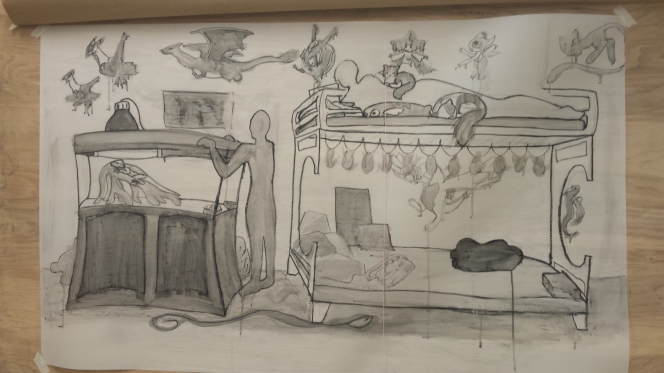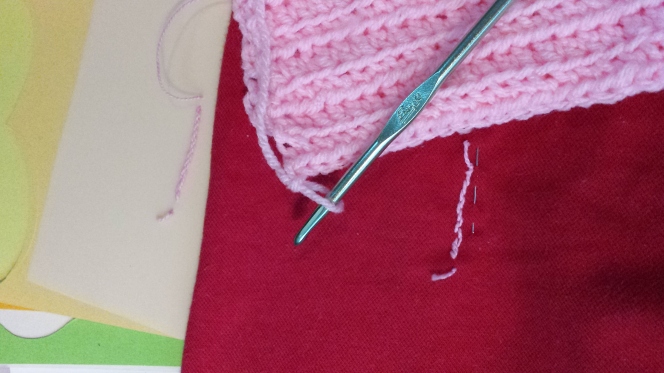I ended up very pleased with our final product. It came together very nicely with our color choices and the way we brought colors from one piece to another. We made it so no yarn end was clearly visible and everything was draped as loops or pulled straight but it was very uniform and I believe all of us were quite satisfied with the final result. It was a wonderfully fun group project and I got to learn about how to work better as a team with all my group members and watch as our efforts bloomed into a beautiful collaborative piece. The work itself showed both literally and metaphorically how we all came together and came out of our personal comfort zones in order to work as a team using all of our individual strengths. As a first gallery installation and exhibition I have definitely taken a lot of good learning experiences from it and and glad I was able to be part of it in such a meaningful way.
































